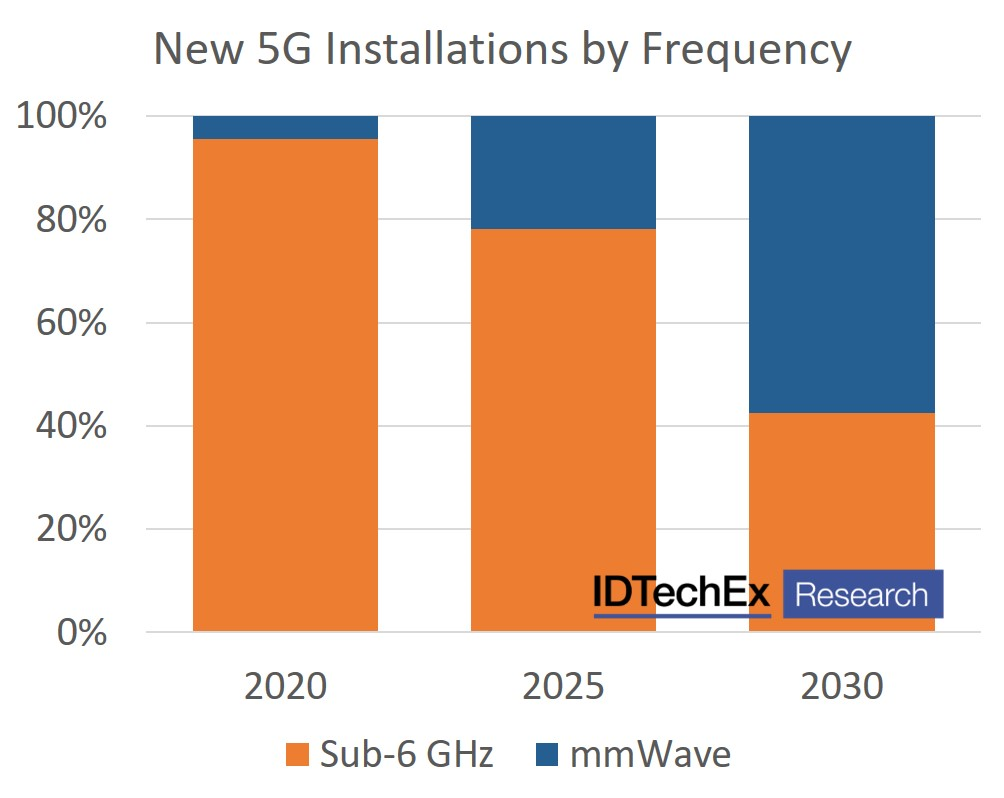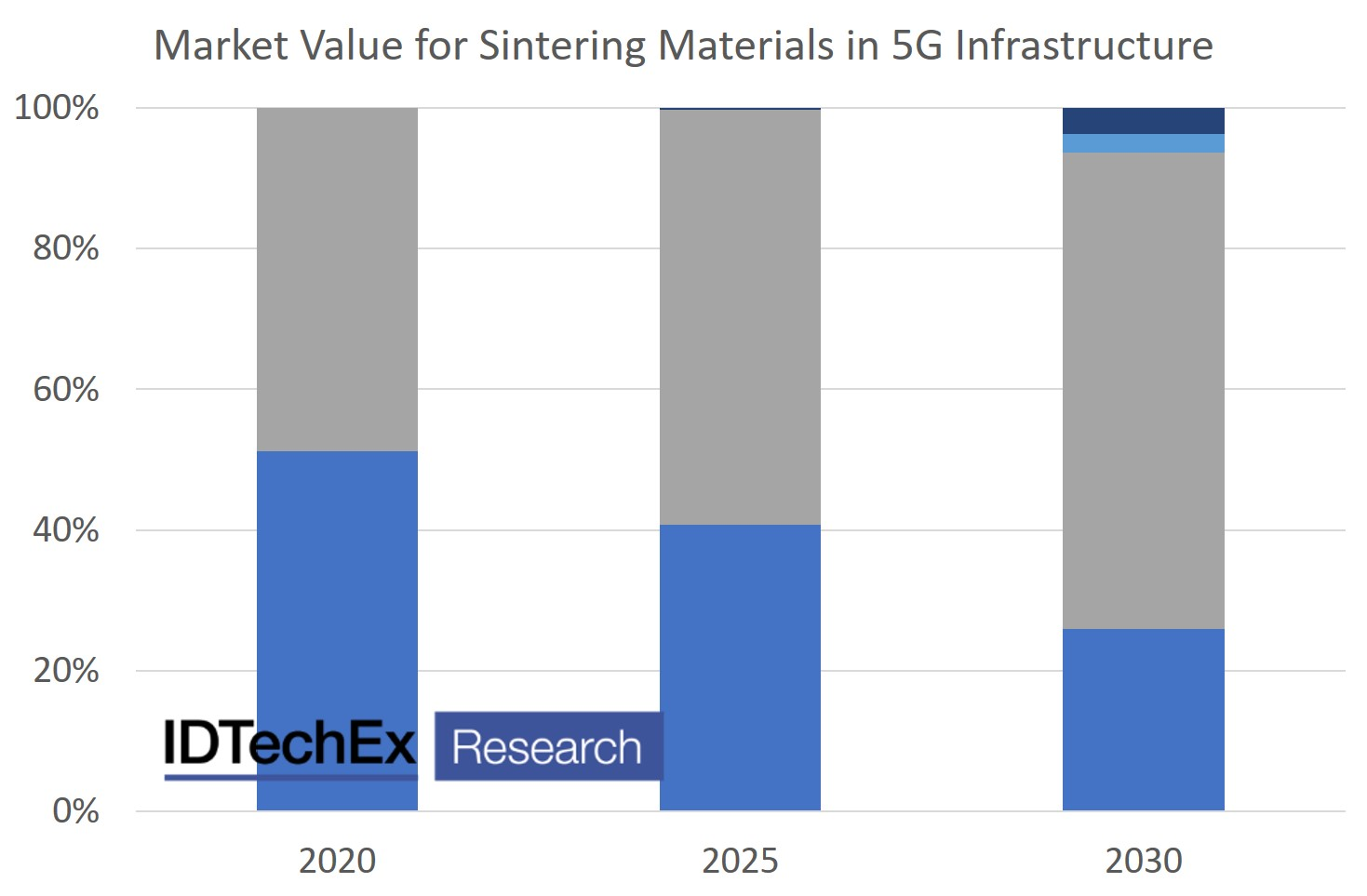Thermal management: the key to meeting the 5G hype
The market for 5G devices is expanding rapidly, several 5G smartphones are now available on the market, with manufacturers emphasising the benefits of low latency and high download rates. However, 5G still faces many challenges, especially in the infrastructure.
PCMag recently published a report comparing 4G and 5G download speeds across various regions in the US (PCMag report). They concluded that 5G is not quite ready yet. Verizon showed the fastest download rate at around 2Gbps but found only 4% of the network has 5G coverage.
5G utilises either mmWave spectrum or sub-6GHz, mmWave achieves the fastest download rates but also has the shortest range, hence Verizon's limited 5G coverage. Whilst sub-6GHz has a longer range, the tests found in many cases it was actually slower than 4G in the same region. Whilst overall download speeds were improved from 2019, a lot of this is down to improvements in 4G infrastructure.
mmWave is the more technically challenging technology and as the 5G networks evolve we expect to see a large increase in mmWave installations and hence many opportunities for new materials and technologies. The above tests, however, highlight that whilst there has been a lot of hype relating to 5G, there are still many challenges and a long way to go until reality catches up.

As 5G infrastructure deployment continues, we see a shift towards mmWave installations, presenting new opportunities for thermal management materials. Full data available in the IDTechEx report 'Thermal Management for 5G'.
One of the main challenges with 5G infrastructure is thermal management. The higher frequencies utilised by 5G antenna, require increased gain to achieve an acceptable range. Additionally, mmWave spectrum has very poor propagation through surfaces such as walls or windows, hence many more individual antenna units are required to give sufficient coverage.
The higher frequencies also reduce the spacing between antenna elements, leading to much more densely packed arrays of electronic components, which all have to dissipate heat. With a greater number and density of antenna installations within the network, active cooling methods such as fans or liquid cooling may not be as viable as they were for the previous infrastructure.
To meet the increased gain requirements, there is a trend towards new semiconductor technologies such as GaN for the antenna power amplifiers, but this can bring its own challenges. GaN devices can run hotter than silicon-based technologies; this allows more output power but requires a focus towards die-attach technology.
The greater adoption of GaN, especially in sub-6GHz systems, brings with it a transition away from incumbent die-attach technologies such as AuSn, leading towards emerging alternatives including pressured and pressure-less silver sintering.

The market share across different sintering materials/technologies is set to change drastically over the next ten years. Full data available in the IDTechEx 'Thermal Management for 5G'.
Another crucial factor in passive heat dissipation is the use of thermal interface materials. Thermal interface materials come in a variety of formulations and formats and are used to transfer heat energy away from the electronic components to a heat sink.
As 5G evolves, with greater utilisation of beamforming and massive MIMO (multiple-input and multiple-output), there is also an increase in the requirement for thermal interface materials, not just for the densely packed antenna arrays, but also for the increased baseband processing and power supply needed to deal with the substantial data flow.
IDTechEx's report on 'Thermal Management for 5G' includes an extensive analysis of the 5G infrastructure market, considering an analysis of current installations and trends in the industry. The report includes analysis and forecasting of infrastructure frequency, station size, MIMO size, antenna elements, power amplifiers, beamforming components, semiconductor technologies, thermal interface materials and power consumption.
Thermal interface material utilisation in 5G smartphones is also considered, with teardowns to give realistic estimates of material usage and forecasts through to 2030. IDTechEx also has a report on '5G Technology, Market and Forecasts 2020-2030', covering the technology, materials innovations, infrastructure, user equipment, vertical applications and NB-IoT.


